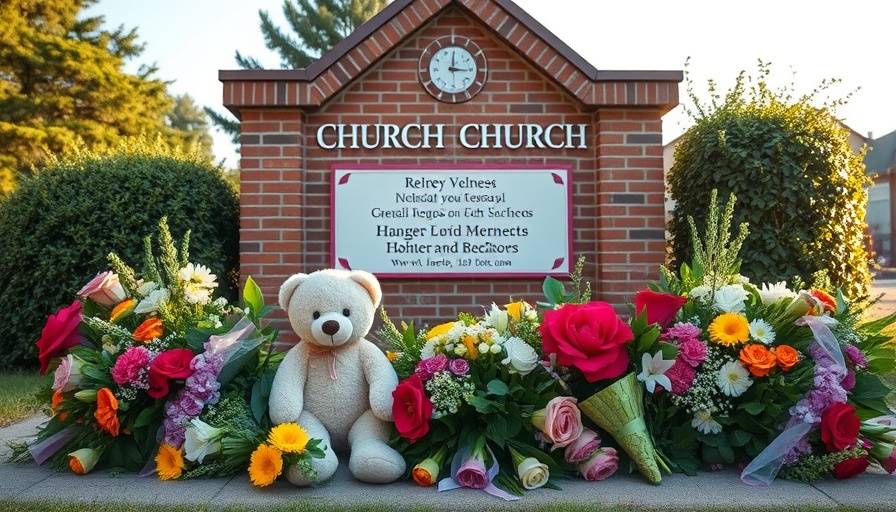
The Role of Government in Crisis Management
The recent devastating floods have not only resulted in tragic loss of life but have also sparked critical conversations about the role of redundancy in government systems. Many may argue that government inefficiency is spreading like wildfire, leading to fatal oversights in crisis management. However, what these floods have shown us is that having multiple agencies and redundant systems in place can sometimes be the key to a more resilient response to natural disasters.
The Value of Redundancy
Redundancy in governmental roles and responsibilities often attracts criticism for being wasteful; however, in the realm of disaster management, it acts as a safeguard. For example, multiple agencies can share resources, expertise, and information that may be crucial during emergencies. In the case of our recent floods, it was clear that the efforts of FEMA, local emergency services, and federal resources synchronized to some extent, potentially mitigating broader impacts.
Lessons Learned from Recent Events
The infrastructure for dealing with a natural disaster often involves a complex interplay of federal, state, and local entities. When dissecting the actions taken in the aftermath of flooding, observers note that collaboration across these levels may have been bolstered by overlapping responsibilities. Had these redundancies not existed, the plight of those affected could have been exacerbated.
Patterns in Policy Response
Traditional critiques of government efficiency, particularly in the context of partisan discourse, may overshadow essential conversations about reforming disaster response strategies. For instance, while President Biden has championed bipartisan efforts to enhance infrastructure resilience, others argue that a lack of streamlined decision-making—a hallmark of redundancy—could undermine progress. This begs the question: are we sacrificing resilience at the altar of efficiency?
Infrastructure and Climate Change: A Cross-Section
As climate change escalates the frequency and intensity of natural disasters, such as floods, the strategy around government redundancy merits reevaluation. The intersection of climate policy and disaster management has led experts to call for improvements in the existing frameworks that govern how resources are allocated and how agencies respond during crises. With climate-related events becoming more frequent, it may be imperative for Congress and the Senate to address these issues comprehensively and take a hard look at how current legislation can evolve to incorporate lessons learned from recent disasters.
Future Predictions: Resilient Governance
Looking forward, one might wonder how the lessons from recent floods will shape the future of our disaster preparedness strategies. Moving toward a governance model that embraces scientific input on climate projections and disaster readiness can potentially mold a system that values both efficiency and redundancy. Building sustainable infrastructure equipped to handle current and future climate challenges requires innovation backed by effective legislation.
Understanding Public Sentiment
The public's perception towards government efficiency and disaster response is also critical. History indicates that major disasters often lead to shifts in voter sentiment, influencing midterm elections and subsequent presidential elections. A populace that feels neglected by their government in times of crisis is likely to express dissatisfaction at the polls, impacting Congressional races and state elections. This voter mobilization—often seen in swing states—underscores the need for governments to prioritize disaster response and to ensure that their public policies reflect this priority.
Concluding Thoughts: The Growing Need for Effective Legacy Laws
Amidst the challenges that come with governance, the pathway to more resilient systems lies in recognizing the importance of a layered, redundant approach to crisis management. A future where efficiency coexists with redundancy not only reflects realistic governance but also honors the lives lost to neglect in previous disasters. Citizens deserve a government robust enough to handle both current and unexpected crises, reinforcing the foundation of democracy itself, that is contingent upon responsive governance.
 Add Row
Add Row  Add
Add 




Write A Comment